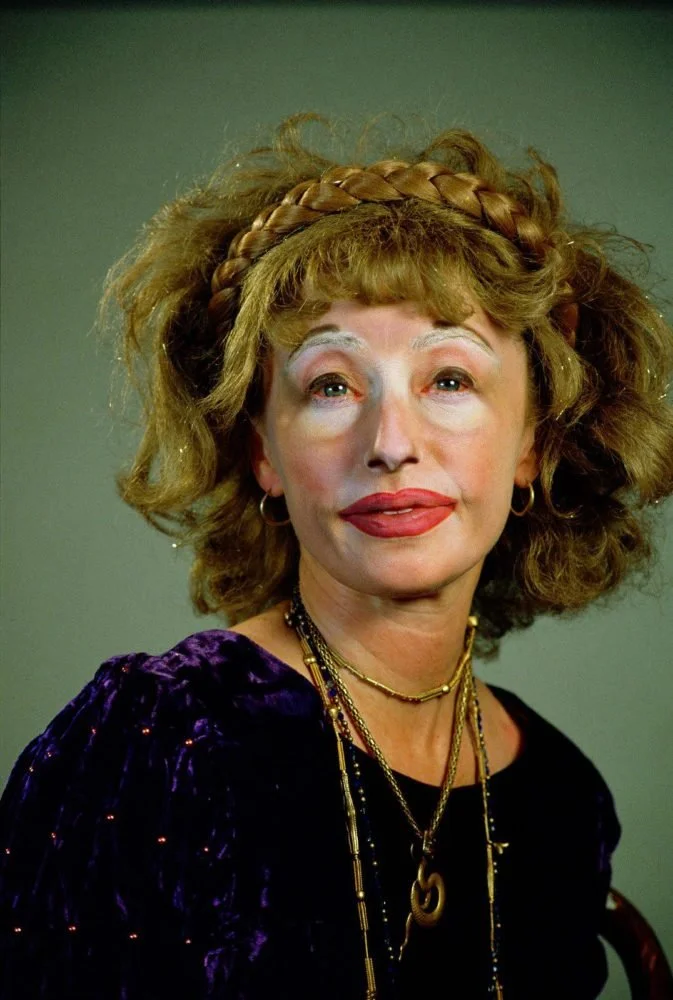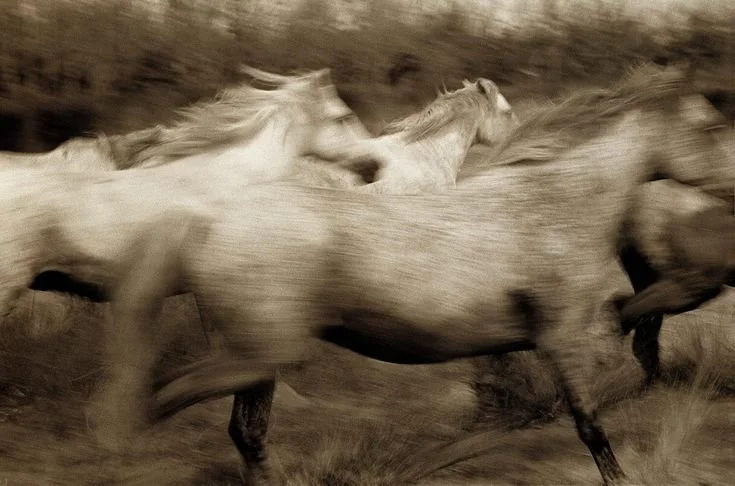Collecting Photography: The Importance of the Artist’s Reputation
One of the most important factors to consider when purchasing a work of art is the reputation of the artist. This reputation not only determines the monetary value of the piece but also its cultural significance and appeal. An artist’s reputation is shaped by multiple elements:
Artistic style
Technical skills
Message or conceptual vision
Cultural impact
Their fame and brand within the art world
Understanding these factors allows collectors to make more informed decisions about which artworks to acquire.
Fame and Artistic Legacy
Pieces by world-famous artists naturally hold more value than those by lesser-known figures. For example, works by Vincent van Gogh are prized not only because of their scarcity but because of the raw emotion and artistic influence they embody. Van Gogh’s post-impressionist style, use of vibrant colors, and dramatic impasto brushstrokes were groundbreaking. Beyond his style, collectors are also “buying” his influence—his work bridged Impressionism and Expressionism, paving the way for movements like Fauvism. This combination of technical brilliance, emotional intensity, and historical impact makes Van Gogh’s paintings invaluable.
The same principles apply in the world of fine art photography. The reputation of photographers plays a crucial role in determining the demand, market price, and long-term value of their work.
An iconic contemporary photographer, Cindy Sherman is renowned for her conceptual self-portraits. She creates characters and narratives that challenge societal expectations, gender roles, and the politics of representation. Through humor, irony, and masterful disguise techniques, she stages herself in roles that question traditional notions of beauty and identity. Sherman’s ability to blend performance and photography has had a profound influence on visual culture—long before the era of social media with digital self-representation, and the awareness that came with it.
In contrast, Robert Farber is celebrated for his painterly, impressionistic style. His photographs—spanning fashion, nudes, and landscapes—are marked by a grainy texture and soft composition that evoke emotion and intimacy. Over his career, Farber has published 11 photography books and built a reputation for capturing the essence of beauty across genres.
These examples illustrate how photographers with strong artistic identities and consistent vision command higher recognition in the market. When you purchase their work, you are also acquiring their vision, message, and contribution to the medium.
Experience and Technical Mastery
A photographer’s training and technical expertise are also essential components of reputation. Photographers who have trained in demanding studios or apprenticed under masters acquire advanced knowledge of lighting, composition, shutter speed, aperture, ISO, and post-processing techniques.
This technical proficiency ensures sharper, more compelling images, while exposure to established mentors allows them to refine their aesthetic vision. Much like painters who studied under masters during the Renaissance, photographers learn to blend technical skills with artistry, resulting in works that are both visually striking and emotionally resonant.
The Selects Gallery places a particular focus on fashion photographers. Fashion photography requires a unique blend of collaboration, storytelling, and technical precision. These photographers work with stylists, designers, makeup artists, and creative directors, learning to orchestrate complex shoots that deliver powerful narratives. Fashion-trained photographers often develop an exceptional sense of composition, timing, and aesthetics through assisting established photographers before starting their own studio. For instance, Brian Bowen Smith, trained with Herb Ritts, Arthur Belebeau first started assisting Mario Testino, Robert Erdman, and Jean-Baptiste Mondino.
How to Evaluate a Photographer’s Reputation Before Buying
Before purchasing a photograph, it is always important to research both the artist and the specific work, regardless of your main motivation. Key questions to ask about:
The photograph: Where and when was it shot? Who or what is the subject? What is the meaning behind it?
The equipment: What camera and settings were used? How do these influence the final image?
Their training: Where did the photographer study? Which mentors or studios shaped their practice?
Their exhibitions: Have their works been exhibited in galleries or museums? Have they sold at auction, and at what prices? Have they won awards?
Their press: Have critics reviewed their work? What reputation have they built within the art world?
By thoroughly examining these aspects, collectors can make holistic and informed decisions—balancing emotional resonance with long-term investment value.
Just like in painting, the market value of a photograph depends on the reputation of its creator which stems from a blend of style, technique, influence, and recognition. When purchasing a work, you are not just acquiring an image. You are investing in the artist’s legacy, their message, and their contribution to cultural history.




